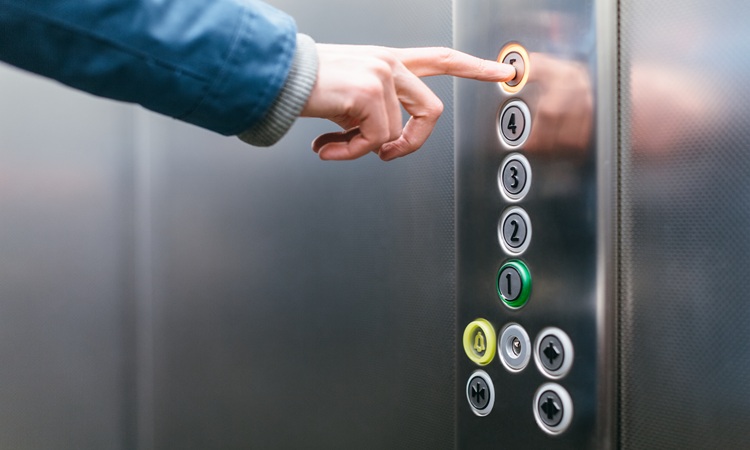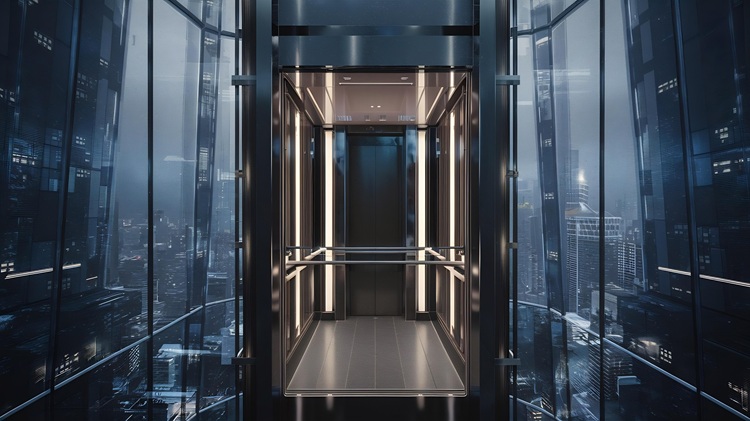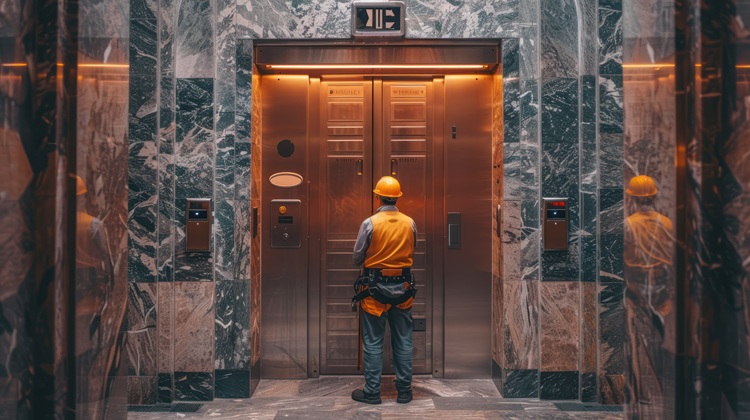Smart Elevators: How AI and IoT Are Transforming the Elevator Industry
Post Date : Apr 09, 2025
The progress of technological advancement in the present era has led to the replacement of traditional systems with advanced smarter and efficient alternatives. Smart elevators now define modern vertical transportation because they have emerged as transformative systems for commercial use along with industrial and residential buildings. These innovative systems leverage the power of Artificial Intelligence (AI) and the Internet of Things (IoT) to improve user experiences and raise safety levels and energy performance as well as operational efficiency. Within this discussion we analyze how AI together with IoT technology improves elevators while focusing on polo elevators' recent developments.
What Are Smart Elevators?
Next-generation lift technology referred to as smart elevators implements AI together with IoT and machine learning to control and optimize their operational management functions. The contrast between computer-enhanced technology stands out between regular elevator systems and their outdated control panels and buttons because smart elevators use traffic pattern prediction along with energy management solutions and real-time data systems with touchless controls.
The elevator system connects to building management through sensors and data analytics systems which operate under cloud connectivity. Such functionality provides users with a flow-oriented process for service while lowering wait times and delivering tailored operational experiences.
The Role of AI in Smart Elevators
AI functions as a key requirement for improving the elevator industry. The combination of user sensor data and AI algorithms generates smart instantaneous choices. Adult elevator operation benefits from AI technology through the following advancements:
- Artificial Intelligence systems can identify system faults during their initial stages which prevents malfunctioning. The system tracks sensor data to notify maintenance personnel before maintenance becomes necessary which decreases equipment downtime while also reducing expenses.
- Artificial Intelligence uses traffic analysis to study building traffic patterns before implementing elevator operational adjustments. During office hours the system can optimize elevator operations to match elevators with high-demand floors more efficiently.
- AI systems within smart residential buildings and corporate offices grant users customized services by regulating their preferences through memory capabilities.
Polo Elevators uses AI-driven system technology for its smart elevator solutions that provide customized vertical transportation solutions which suit contemporary architectural demands.
How IoT is Powering Elevator Intelligence
The Internet of Things navigation pattern (IoT) lets elevators participate in a vast system of devices through which they exchange information and receive monitoring services from a distance. IoT-enabled smart elevators provide multiple positive characteristics to system operation.
- The connectivity of facility management personnel allows them to track elevator performance through smart devices for prompt emergency responses during system breakdowns.
- Through IoT devices elevators become more energy efficient through automatic standby activation and the control of cabin lighting and ventilation systems.
- Through remote diagnostics operators can remotely find and fix issues thus decreasing the requirement of on-site technicians and promptly speeding up repair processes.
Polo Elevators implements IoT as their foundational technology for smart solutions which delivers customers safer elevator systems alongside improved efficiency and smarter operation that satisfies current architectural demands.
Touchless Technology & Pandemic-Ready Features
After the pandemic touched us all architecture has proven that public areas demand touchless technology. Enhancements from AI and IoT power smart elevators to perform the following functions:
- Users can activate elevator calls through their mobile phone applications.
- Visitors can choose elevator floors by speaking to the system through voice commands.
- Smart elevator systems that use facial recognition technology will activate to redirect users to their appropriate locations in high-security buildings.
Polo Elevators moved swiftly to install safety-oriented features within their smart elevators which makes them both modern and suitable for pandemic conditions.
Smart Elevators in Green Buildings
The emphasis on sustainability leads smart elevators to enhance the sustainability criteria needed for green building certification through two main aspects:
- Reducing energy consumption
- Minimising carbon footprints
- Eco-friendly materials along with energy-regeneration technologies are available through our company's offerings
Polo Elevators brings distinctive energy-efficient smart elevator solutions that meet worldwide green building requirements protocol.
The Future of Smart Elevators
- The elevator industry moves forward because of ongoing innovations that decide its future direction. Upcoming trends include:
- Software interfaces that use artificial intelligence develop personalized interactions enabling users to have a more customized experience.
- Blockchain-based security protocols for data protection
- The implementation of augmented reality tools enables remote assistance together with training functions.
Polo Elevators focuses heavily on research and innovation to pioneer future-forward trends which will allow them to lead their market segment.
CONCLUSION
The elevator industry experiences a rapid transformation because AI and IoT work together with elevator systems. Smart elevators represent a fundamental requirement because modern buildings require combinations of operational excellence and technical advancement and safety protocols.
Polo Elevators stands as a leader in pioneering smart building elevator solutions by delivering inventive reliable systems designed for future smart constructions.






